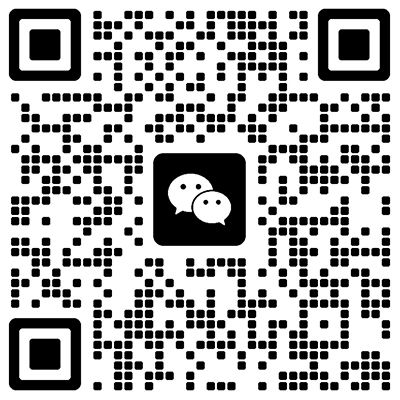Key Points For Inspection Before Hot Melt Glue Production Line Goes Into Production | JCT Machinery
 Oct 17,2025
Oct 17,2025

 JCT
JCT
Preliminary inspection after installation (static inspection)
1. Equipment Appearance and Connections
- All equipment (sigma mixer, reactor, extruder, transfer pump, molding system, cooling system, etc.) must be free of damage, deformation or rust.
- All flanges, bolts and seals must be securely installed and tightened.
- Pipelines must be properly connected, with clear flow direction markings (especially for thermal oil, cooling water and vacuum lines).
- Cables must be neatly routed, protective conduits must be intact, and no exposed wires or damaged casings should be present.
2. Safety Devices and Protective Measures
- The safety valve, pressure gauge, and thermometer are all installed and readings are normal.
- The emergency stop switch is functioning properly and clearly located.
- External protective covers for all rotating components (such as the extruder screw and agitator shaft) are fully installed.
- The grounding wire and insulation resistance test have passed (≥1MΩ).
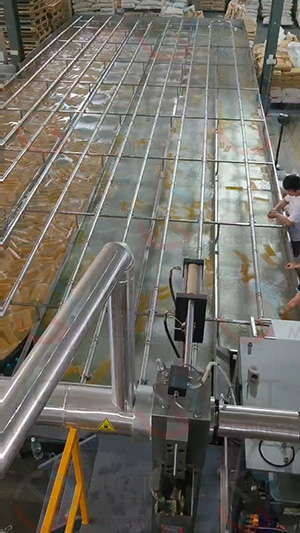
Electrical and Control System Inspection
1. Control System
- Before powering on the electrical control cabinet, inspect the interior for loose components or debris.
- Check that communication between the PLC, inverter, temperature control module and touch screen is normal.
- In manual operation mode, confirm that the rotation direction of each motor is correct (especially the agitator motor and extruder screw motor).
- Ensure that the temperature controller, pressure sensor, level gauge, and other sensors are accurately collecting signals.
2. Protection and Alarm System
- Simulate overtemperature, overvoltage, phase loss, and overload to verify that the alarm is triggered.
- Check the overtemperature power-off protection of the thermal oil heating system.
- Confirm that the vacuum system's backflow prevention device and vacuum valve are functioning and reliable.
Mechanical and Transmission Inspection
1. Agitation and Transmission
- Manually rotate the agitator shaft or screw to ensure there is no binding or unusual noise.
- Check the lubricating oil level in the bearings and reducer to ensure it meets the specified level.
- Check seals (such as mechanical seals and packing seals) for leaks.
2. Transmission Coupling
- Alignment accuracy meets requirements (coaxiality deviation ≤ 0.1mm).
- Fix the screws with lock washers and tighten securely.
No-load Test Run Sequence
- Start the thermal oil circulation heating system and test the heating rate and temperature control accuracy.
- Start the motors of each device and run them for 5–10 minutes.
- Check for vibration, abnormal noise, and overheating.
- Check the coordination of the temperature control, mixing, vacuum, discharging, and pelletizing systems.
No-load Operation Requirements
- Temperature fluctuation at each control point ≤ ±2℃.
- Stable stirring speed, no noticeable noise.
- No oil, water, or air leakage.
- Current within rated range.
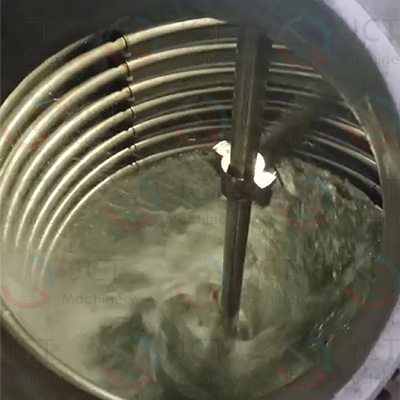
Preparations For A Trial Run With Material
After heating to the set temperature according to process requirements:
- Check the temperature difference between each heating zone.
- Simulate the feeding process (a small amount of raw material or simulated material).
- Confirm that the material discharge is smooth, the temperature control is stable, and there are no signs of material stagnation or burning.
Final Confirmation Before Official Material Loading
- All safety devices have passed testing.
- No-load operating current, temperature, and vacuum baseline data have been recorded.
- All systems' cooling cycles are normal.
- Operator training has been completed, clarifying job responsibilities and operating procedures.


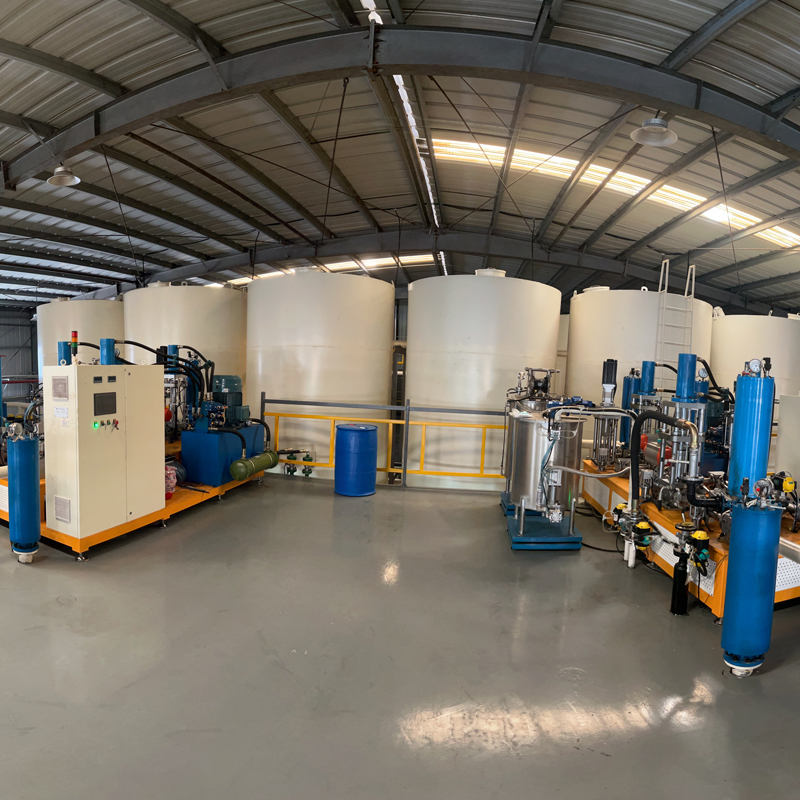
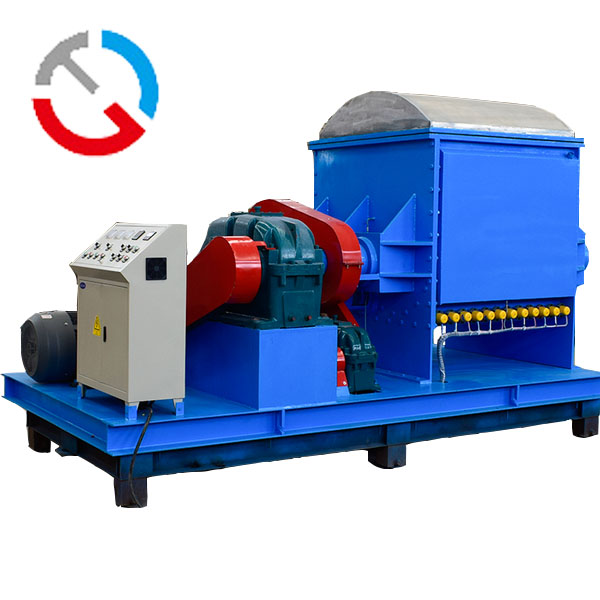
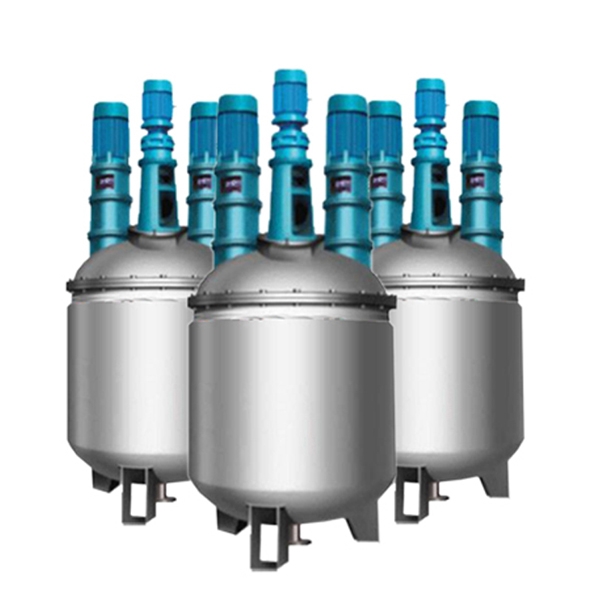
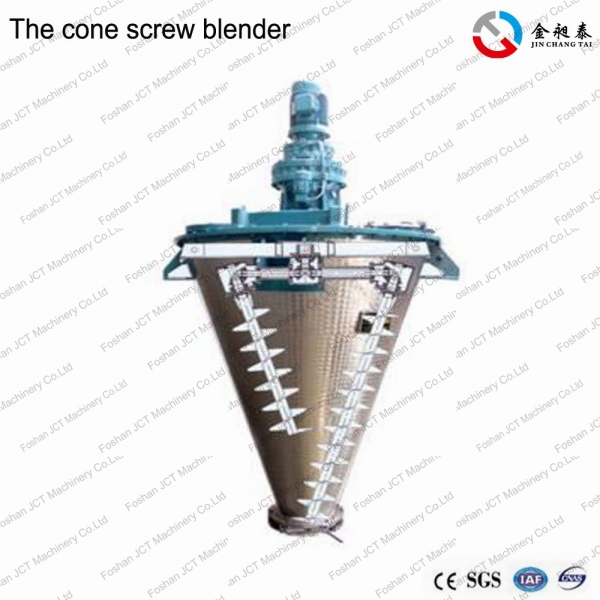
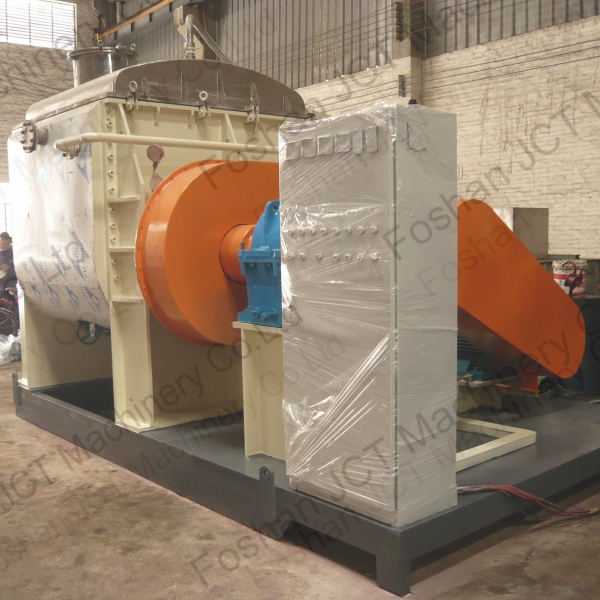
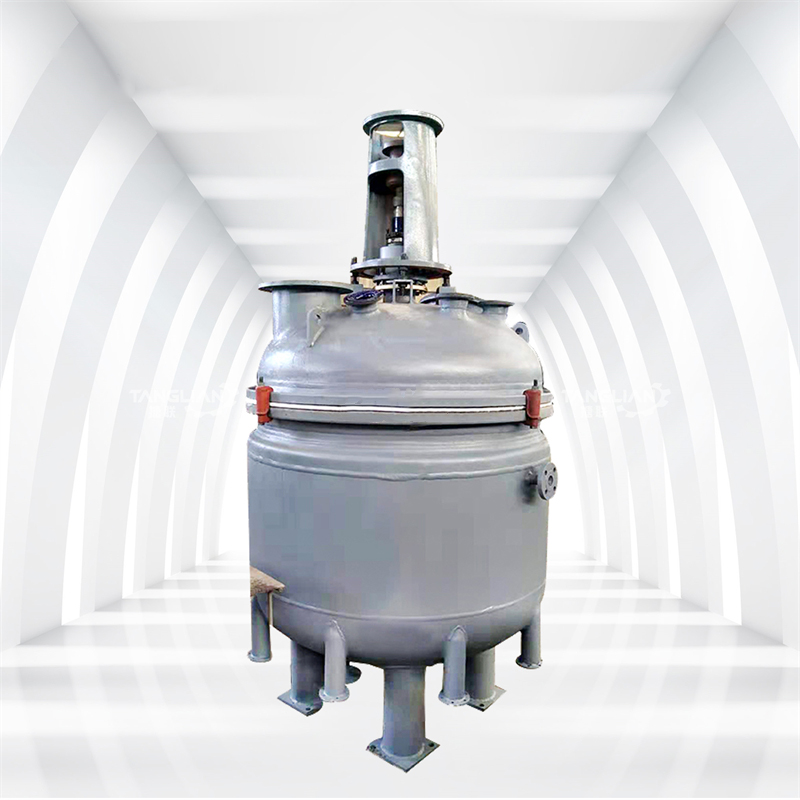
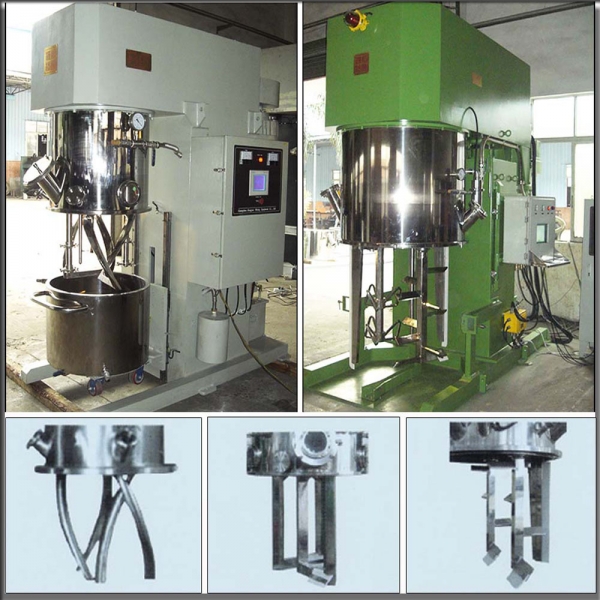


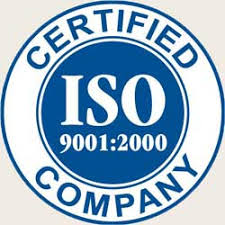


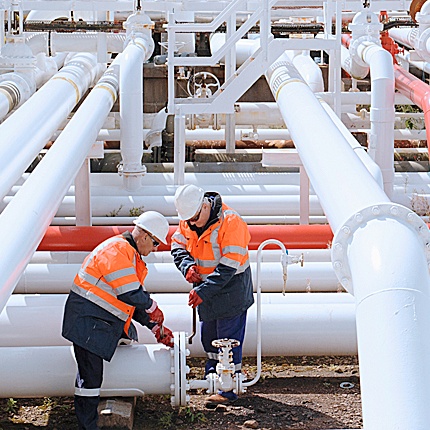
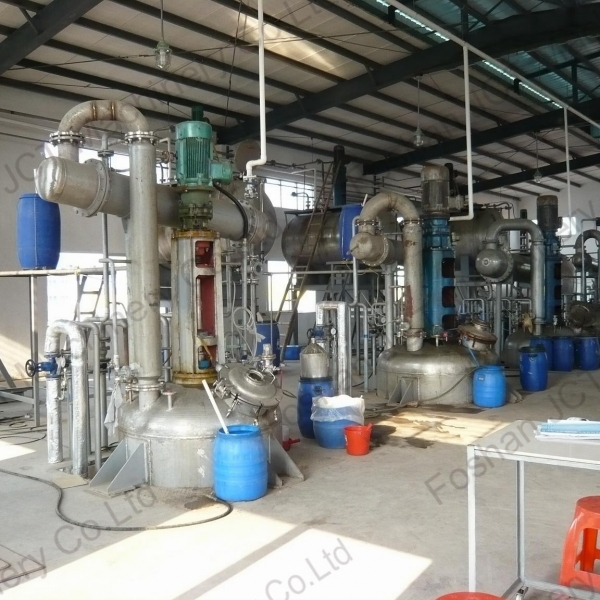
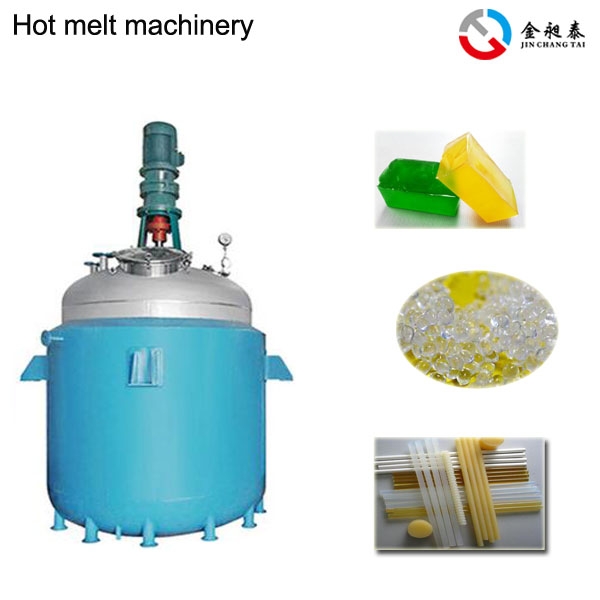
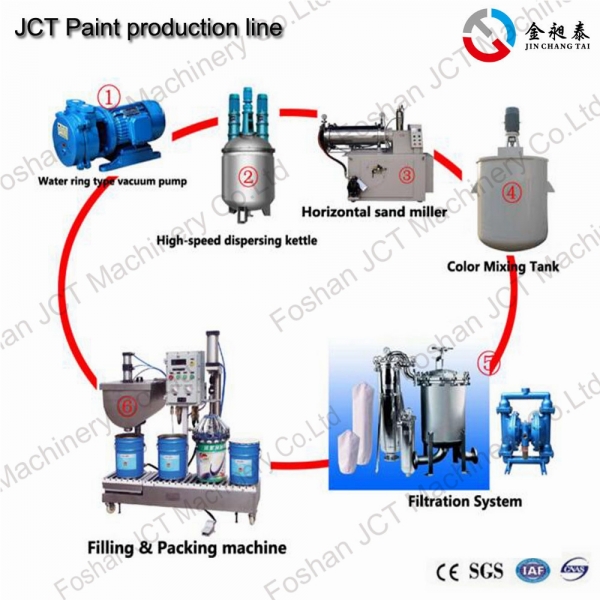
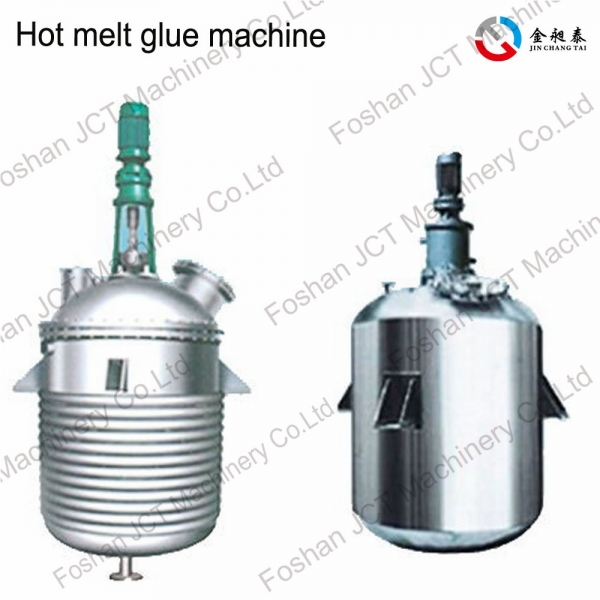
 CN
CN
 HOME
HOME Uncover The Advantages Of Ribbon Mixer In Chemical Production | JCT Machinery
Uncover The Advantages Of Ribbon Mixer In Chemical Production | JCT Machinery  You May Also Like
You May Also Like
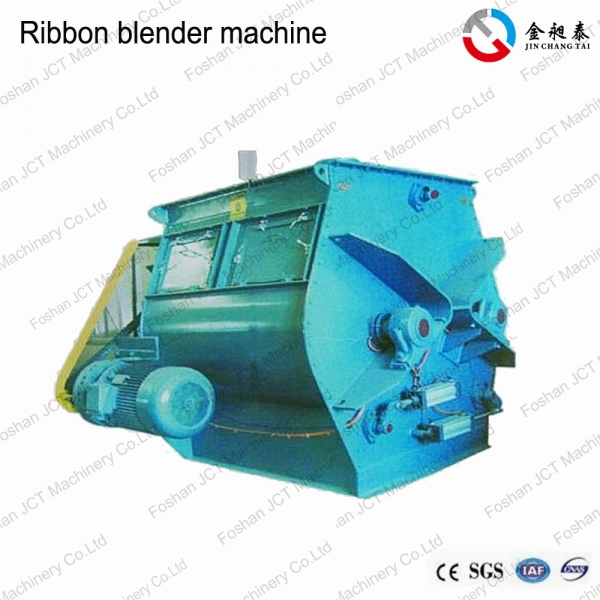

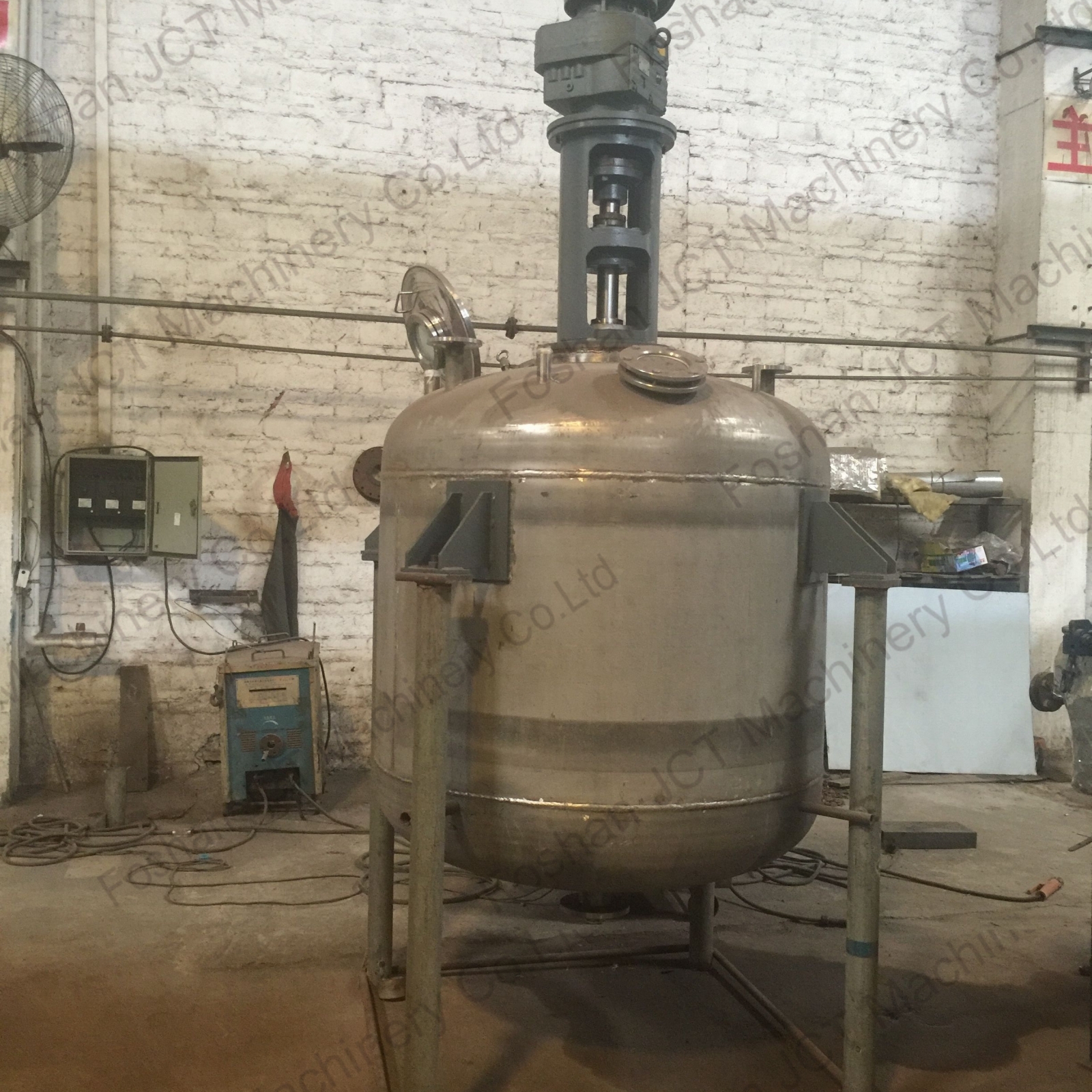
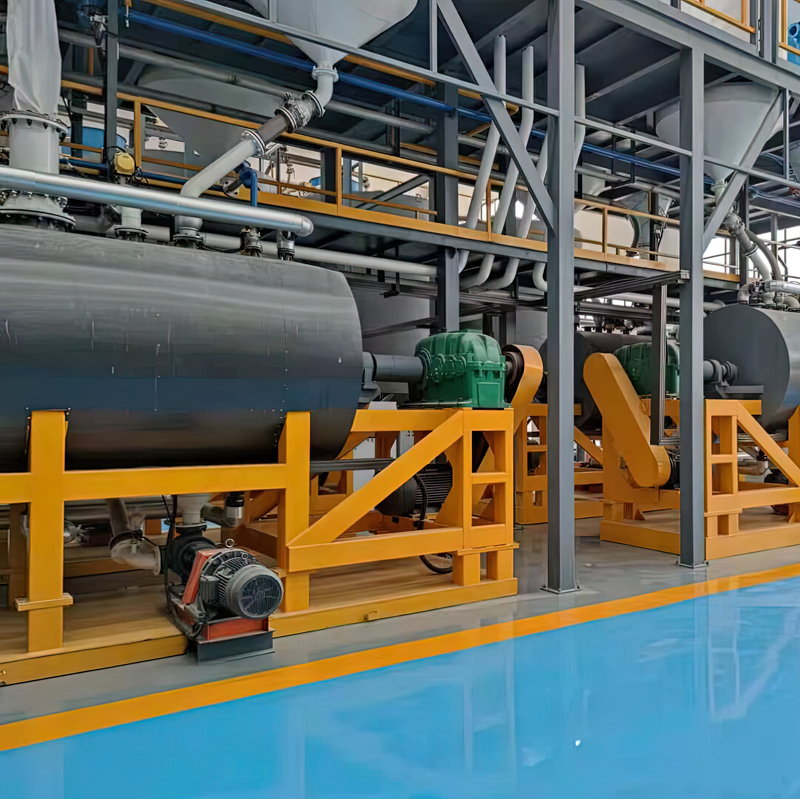
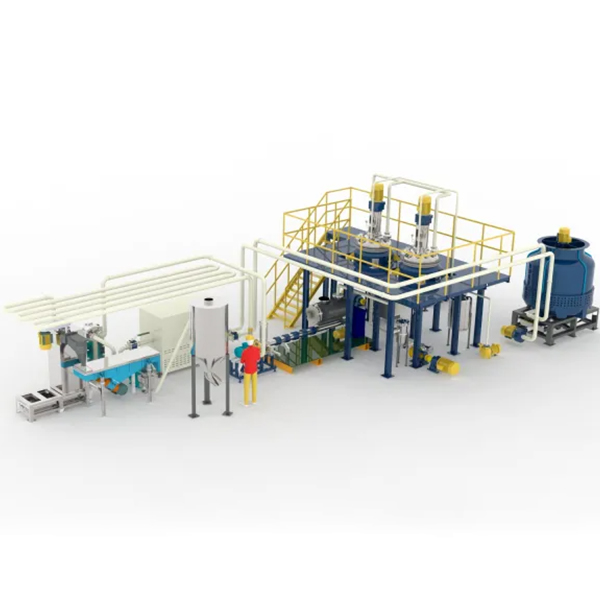

 Tel
Tel
 Email
Email
 Address
Address







